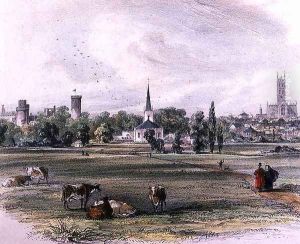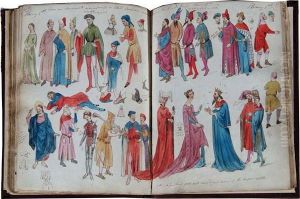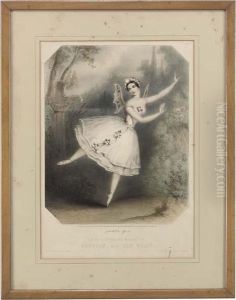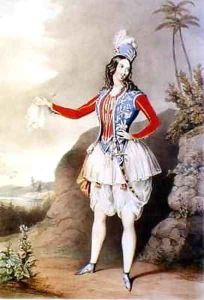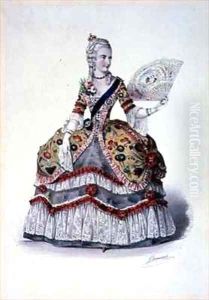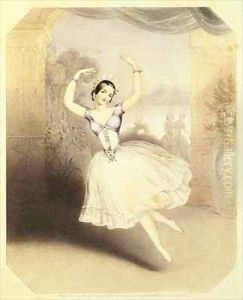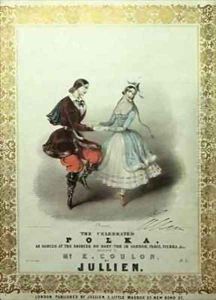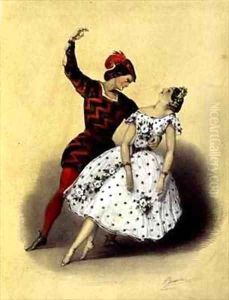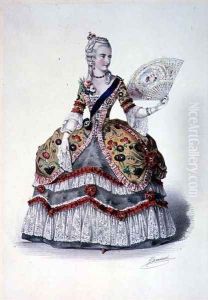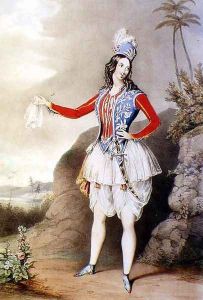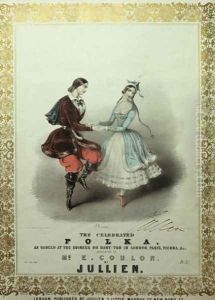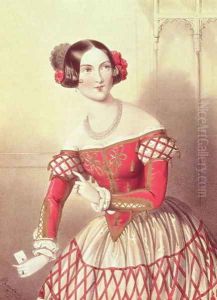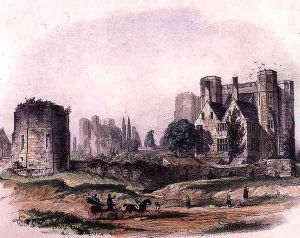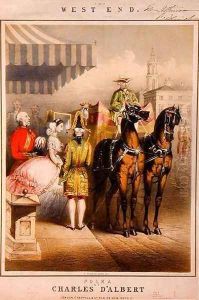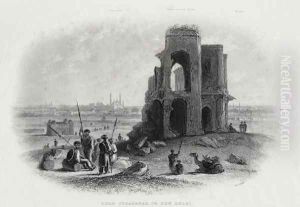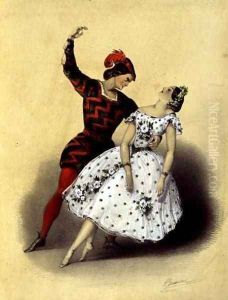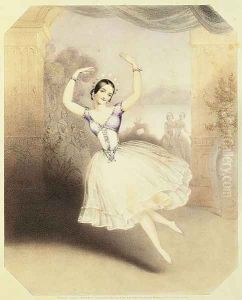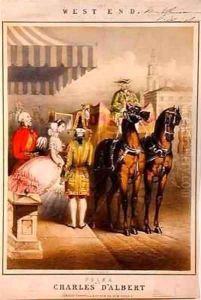John Brandard Paintings
John Brandard was an English lithographer and illustrator, born in 1812 in Birmingham. His artistic journey began in his hometown, but he eventually moved to London, where he would make a significant impact on the Victorian art scene. Brandard was especially renowned for his work in the field of music illustration, contributing to the visual culture surrounding opera and ballet in the 19th century. His designs for sheet music covers are among his most celebrated works, showcasing his ability to blend artistic beauty with commercial appeal.
Brandard's illustrations were not limited to music; he also produced a wide array of book illustrations, contributing to the popular literature and periodicals of his time. His style was characterized by its detailed and decorative qualities, often reflecting the Victorian fascination with exoticism and historical subjects. This made him a sought-after illustrator for books and magazines, where his work helped to visualize the narratives and themes popular in Victorian England.
Throughout his career, John Brandard worked with several prominent publishers and music companies, including the likes of Cramer, Beale & Co., and M. & N. Hanhart, the latter being a leading lithographic firm of the time. His collaborations with these companies allowed him to reach a wide audience, cementing his reputation as a key figure in the world of Victorian lithography.
Despite his success, Brandard's work, like that of many of his contemporaries, has often been overlooked in discussions of 19th-century art. However, in recent years, there has been a renewed interest in his contributions to the art and culture of the Victorian era. John Brandard's legacy is preserved through his extensive body of work, which continues to be studied and appreciated for its artistic and historical significance. He passed away in 1863, leaving behind a legacy that remains an integral part of the study of Victorian lithography and illustration.
